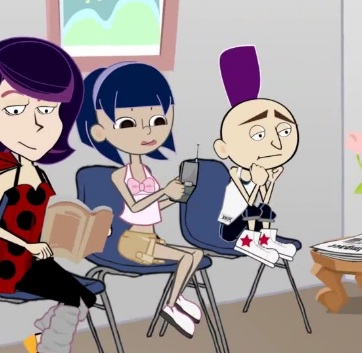“I didn’t get invited to Craig’s party . . . I’m such a loser.”
“I missed the bus . . . nothing ever goes my way.”
“My math teacher wants to see me . . . I must be in trouble.”

These are the thoughts of a high school student named Jeremy. You wouldn’t know it from his thoughts, but Jeremy is actually pretty popular and gets decent grades. Unfortunately, in the face of adversity, Jeremy makes a common error; he falls into “thought holes.” Thought holes, or cognitive distortions, are skewed perceptions of reality. They are negative interpretations of a situation based on poor assumptions. For Jeremy, thought holes cause intense emotional distress.
Although all kids blow things out of proportion or jump to conclusions at times, distorting reality is not innocuous. Studies show that thought holes can provoke self-defeating ideas (i.e., “I’m a loser”) that trigger self-defeating emotions (i.e., pain, anxiety, malaise) that, in turn, cause self-defeating actions (i.e., acting out, skipping school). Left unchecked, inaccurate thoughts can also lead to more severe conditions, such as depression.
Fortunately, with a brief social and emotional learning lesson, we can teach students how to fill in their thought holes and view the world in a more accurate light. The lesson begins with an understanding of what causes distortions of reality. Continue reading on Edutopia.com
Originally published by Renee Jain on Edutopia.com